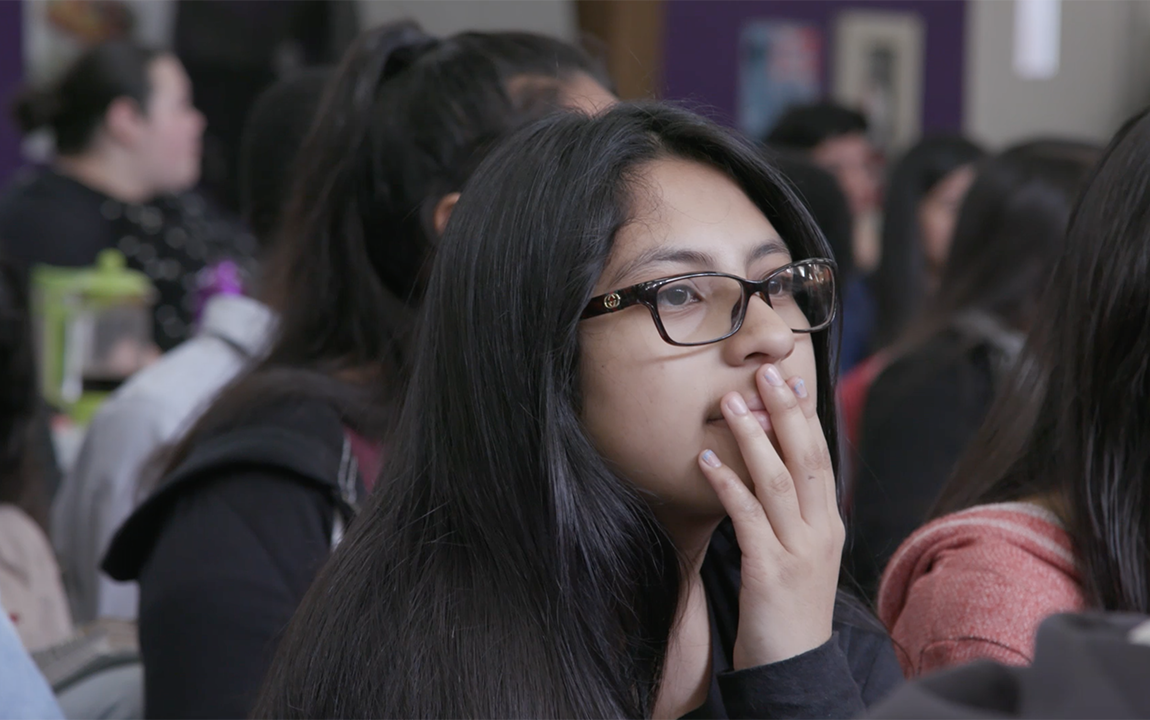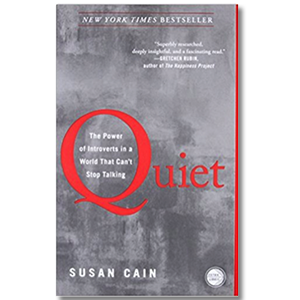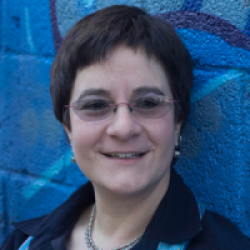
Reading Susan Cain’s excellent book, Quiet, made me rethink many of the strategies we use in Project Based Learning when it comes to the introverts in our classrooms. Are PBL practices bringing out the best in introverts and allowing them to demonstrate their deeper gifts? Certainly, elements of PBL like reflection and choice support the needs of introverts. But many of the dynamics and practices of PBL seem to have been designed with extroverts in mind, and can end up feeding into old educational and social norms, requiring what Warren Susman called a “performing self” whether or not it’s in the student’s nature.
Following are a few elements of student-centered learning in general, and PBL in particular, which I believe need some rethinking when we consider that up to half of our learners are introverts:
We need to rethink group work so that introverts also thrive.
While group work is the heart of collaborative, student-centered learning, it doesn’t always bring out the best in every student. Whereas an extroverted student will thrive in groups of 4-5, even when students talk over each other constantly, the din will be too much for most introverts. Many introverts dread group work, as they rarely feel heard or able to make a constructive contribution in groups over 2-3 maximum. These students may, in fact, thrive most when allowed to work alone or when paired with other introverts.
We need to rethink the traditional participation grade.
I used a participation grade for most of my career, but I’m no longer convinced it was a measure which effectively captured the effort, engagement, or growth of every student. Many teachers complain of individual students dominating classroom and small-group conversations, but few have the strategies in place to safely draw introverts into the conversation. What I learned over time was that participation comes in many forms, and in my last years of teaching I varied more consistently the kinds of participation I acknowledged and encouraged. I used journaling before every deep class discussion, both for the writing/thinking practice and the way it brought my quietest students into the mix (we used to make agreements, my introverts and I, that I would call on them early so that their insights wouldn’t be shared first by the more extroverted students). But even my way of handling this was geared toward getting the introverts to speak in class, which is a very traditional way of thinking about participation. What if we include written or other forms of communication in our assessment of participation? How else might we measure engagement? Or is it possible that “participation” is about growth, engagement and intention, not the number of times a student speaks during class?
We need to create alternative spaces for self expression and be open to alternative expressions of learning.

Most introverts need alternative spaces for sharing their thinking. Smaller group discussions and opportunities to write in silence are gifts to most introverts, who shut down during rowdy discussions because they find them overstimulating and overwhelming. Everyone needs a chance to reflect, but introverts need it like humans need air, so giving students opportunities to think through writing often brings out their best ideas. Online contexts, Cain found, increased the willingness of introverts to engage openly, as they provided a less intimidating platform than face-to-face classroom discussion. I tried this in my classes toward the end of my career, and I found that quieter students were often the most participatory online. As teachers, we also need to be open to more artistic forms of self expression – including the products in PBL projects – that don’t necessarily include live presentations, such as film making or artistic exhibitions. Remembering that introverts are often our deepest thinkers, you can be sure that amazing things will happen when you provide true choice of product.
We need our schools to include “restorative niches” where introverts can recuperate.
Susan Cain’s exploration of restorative niches, or spaces for solitude, left me thinking a lot about both the students and teachers who might need to step away from their peers occasionally to recharge. PBL schools need such spaces even more, since the demands of group work can leave both young people and adults exhausted and spent.
We need our extroverts to learn some of the skills of our introverts.
Most introverts spend their lives apologizing for who they are, having to explain constantly that they aren’t lonely simply because they choose to spend more time alone or have only a handful of friends. What might happen if we insisted on a better balance between extroversion and introversion, which honored the different ways all of us live and make friends? The assumption that introverts need to adjust to the world around them isn’t new. Rarely, however, do we ask that extroverts make similar adjustments. What might extroverts learn if they were asked to work alone, slow down, or reflect more? Knowing oneself as a learner and person relies on a level of reflection that requires slowing down and listening differently, both to oneself and others. Because achievement in student-centered environments tends to focus more on self-motivation and self-management, the quiet diligence achieved through mindfulness and reflection can help all students be more successful as learners and thinkers.
We need to ask our introverts what they need and listen to their answers.
Introverts are totally capable of expressing what they need from teachers and peers if they’re asked in one-on-one settings—and you don't suggest you believe their introversion is a deficit. Remind them to stretch throughout your course, and hold them to a few public expectations so they learn to articulate their ideas in different ways. But tell them you want to honor who they are, too, and ask them how they’d like to express their learning, what conditions would allow them to feel more comfortable with group work. And remember that it’s not just about asking; it’s also about implementing the kinds of modifications your introverts say would help. After all, student voice means nothing if we don’t listen and act on what students share.
As Cain points out repeatedly, many of quiet thinkers are the future inventors, artists and creators who will contribute to human progress, just as introverts have contributed throughout human history, and it would be a shame to miss out on what they might contribute inside our learning environments.
Jennifer D. Klein is author of “The Global Education Guidebook” and Head of School at Gimnasio Los Caobos, a PreK-12 project-based school in Bogotá, Colombia.
Here's another blog post about introverts in PBL by Kristyn Kamps.

